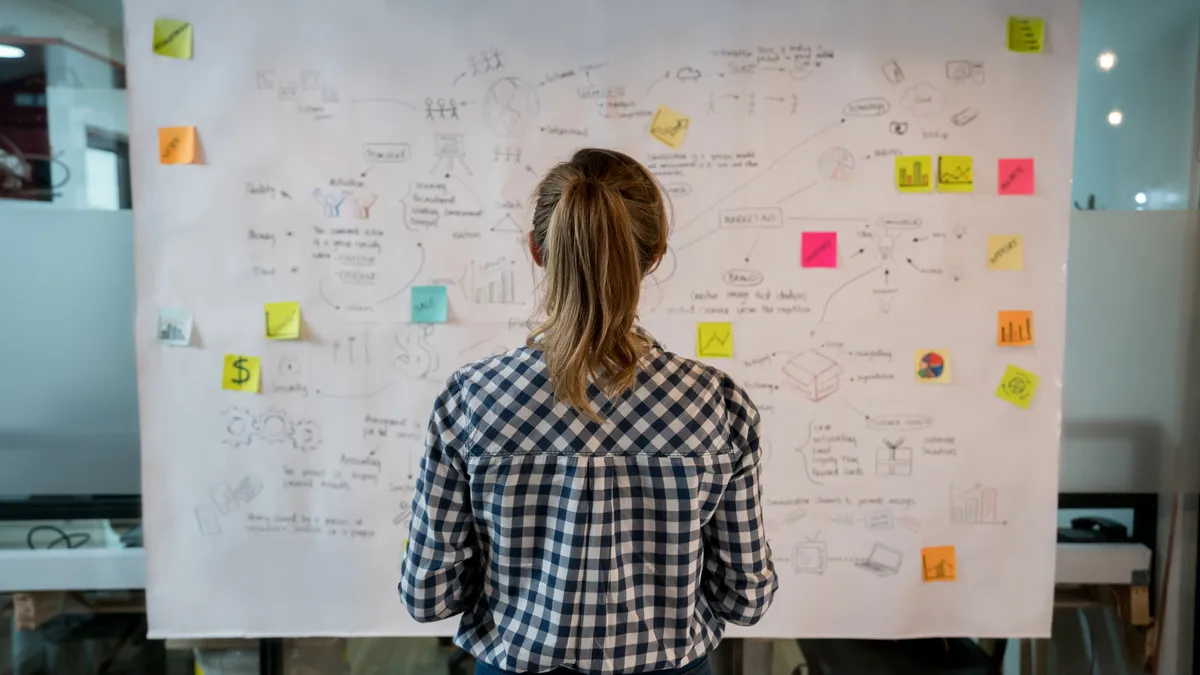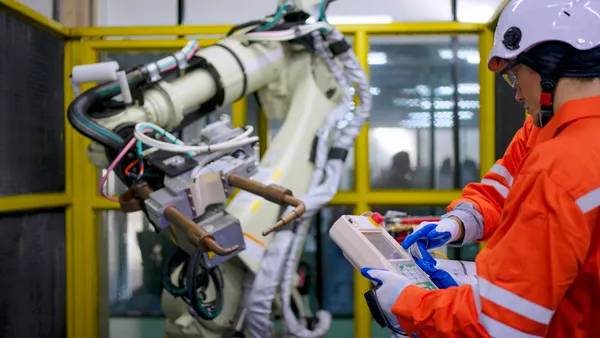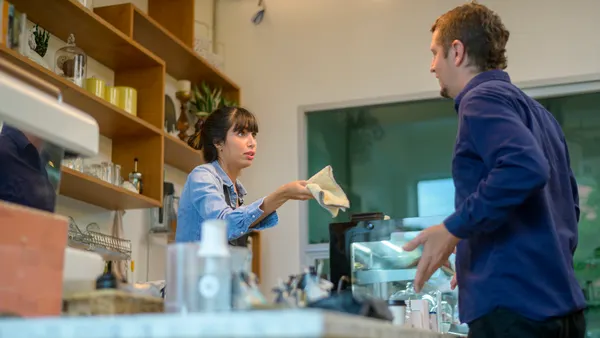Mark Brim is the president of Vitamin T, a recruiting division of Aquent. Views are the author's own.
With the 9-to-5 workday out the door, and with talent more empowered than ever to call the shots, employers have gotten more creative to attract and retain the most in-demand talent.
For today's creative employees, flexible work is no longer considered a perk. If flexible work is not in the job description upfront, candidates have not been shy to quit or turn down job offers.
Among marketing, creative and design talent across the U.S., 83% of employees would turn down a job that didn't offer flexible working for one that does, and 98% of employees want to work remotely at least some of the time. Employers should listen to the input of talent to remain agile and retain a strong, inspired team.
Many of the companies we talk to recognize that they need to do something different, but concerns remain over productivity and accountability. We remind them constantly that if you're measuring employee productivity by seat time, then you're missing the point.
Individuals working in creative fields need "work-brainstorm balance." That can be hard — whether they're stuck to a desk, or getting pulled into the constant Zoom meetings that seem like the pandemic's longest-lingering side effect.
Creative productivity cannot be limited to the hour-by-hour workday. Those who work in the creative space agree that their top challenge is the speed at which they are expected to work. Whether or not the workweek is shortened, hour-by-hour adjustments are not the only solution to ease the pressures creatives face to meet misaligned speed and volume metrics.
Creativity is going to be one of the top five skills to guarantee success in the future of work. Employers can help their talent develop this skill by offering flexible work schedule options and shaking up productivity metrics to free up the mental space necessary for talent to come up with the next big idea.
The creative process progresses in five stages — preparation, incubation, illumination, evaluation and verification — and much of this process involves critical brainstorming that requires stepping away from the laptop to let ideas naturally come to the surface. That last stage is when great ideas emerge.
Ideas come at night when that eye-catching headline prompts an impromptu dive into a research rabbit hole. Ideas come after going on that head-clearing run, or while cooking that new recipe, or in the midst of finishing a mundane list of chores.
Those who have that spark of spontaneous inspiration are more likely to reach that desired flow state, and a moment of inspiration can arise at any time.
To be sure, employers can't issue salaries for "daydreaming." But it is important for employers in the creative space to acknowledge that the spontaneity of inspiration frequently occurs outside the hours of 9 to 5. And more flexible hybrid and remote work options allow for spontaneous inspiration to be turned into quality work no matter where the creative team happens to be. Days of being confined to the cubicle are long gone.
As employers continue to experiment with work schedule alternatives, employers should prioritize optimal results over maximum results to retain talent and ensure quality work.
The upside to changing up the productivity equation to weigh quality more heavily than speed and volume is turnover reduction. Over time, creative, talented people develop client relationships and accumulate a wealth of institutional knowledge and expertise unique to the company. The cost of losing someone, or multiple team members, who have in-depth company expertise is too great.
A big part of prioritizing optimal results over maximum results is working with talent on their preferred working arrangements, not rejecting them. And productivity measures and safeguards are also here to stay. However, if anyone on the creative team finds inspiration away from the desk, they should have the creative freedom to clock in and contribute their ideas in real time.











